Each week, Alex Lu is highlighting the work of some of the coolest illustrators of our generation. Know anyone who should be featured (including yourself)? Email [email protected].
This Week: Reimena Yee has a style all her own. Educated with a STEM background and naturally introspective, Yee’s work is both whimsical and intensely methodical. Known best for her long-running webcomic The World in Deeper Inspection, Yee’s work in general lives up to that name. Her comics about anxiety and loneliness grapple with the same cloying emotions many of us do on a day to day basis, letting us know that we’re not alone in our struggles and that we can grow from them.
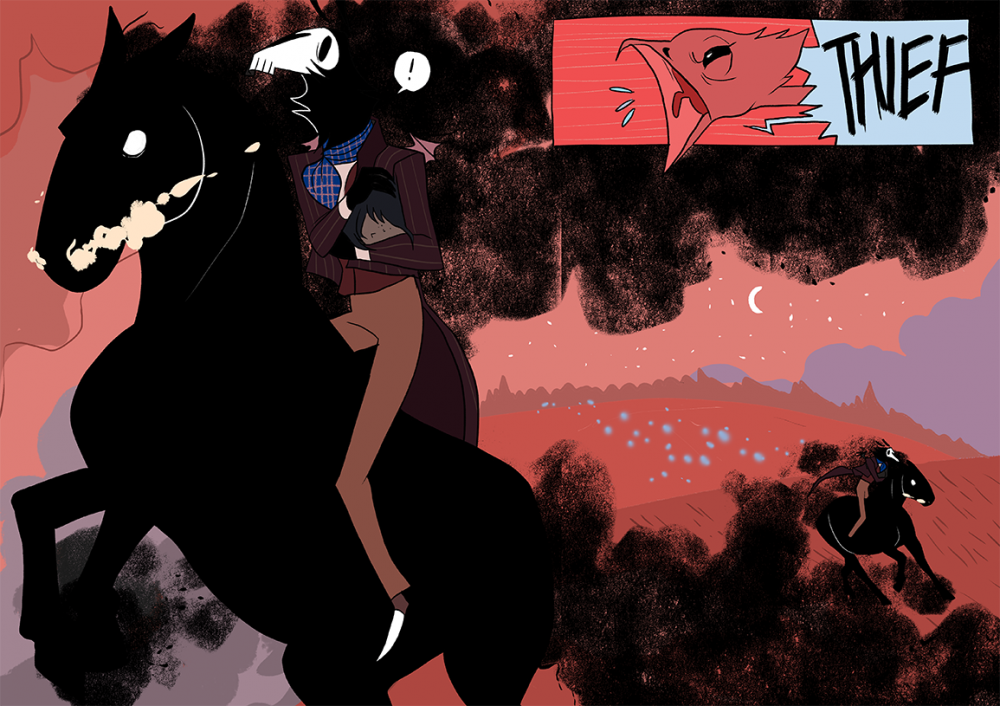
 Reimena Yee
Reimena Yee
Website | Twitter | The World in Deeper Inspection | Comics Webstore
Alex Lu: Reimena, something you mentioned in your email introduction to me that interested me from the get go was your background in STEM. Could you tell me about that and how it has influenced your approach to comics and art, if at all?
Reimena Yee: I was brought up to focus on academic achievement, and that led me on a journey into STEM studies (where I’m from, society equates STEM proficiency with academic achievement — which is problematic). I recently paused this journey. It wasn’t all for naught; I ended up developing a lifelong appreciation for STEM, and how its approaches complement artistic endeavours, rather than being antithetical.
In regards to how STEM has influenced my approach to comics and art, I think learning how to be analytical and meticulous helps me to analyse artistic/literary work and its meanings, and make connections between different ideas that otherwise wouldn’t be accessible had I not learned about them, or how to find them. For example, there is so much inspiration to be found in biology and astronomy. Understanding how the universe works through science has opened my mind to its wonders. Learning to be receptive to those wonders is inspiring.
Lu: I took some time to catch up on your current ongoing project, The Carpet Merchant of Konstantiniyya, and was blown away by how immersive the world you’ve created is. It might be the first fictional comic I’ve seen with a full blown supplementary text and bibliography. What inspired you to use Turkish culture as the setting for your exploration of love and growth, both personal and professional?
Yee: Thank you! The world is only immersive because the Ottoman era in which it pays tribute to was already so rich.
The Turkish setting came about because the protagonist, Zeynel, was already canonised as Turkish Muslim. There is no actual reasoning behind this — I was a teen when I created the character, and I felt him being Ottoman Turkish was intuitive.
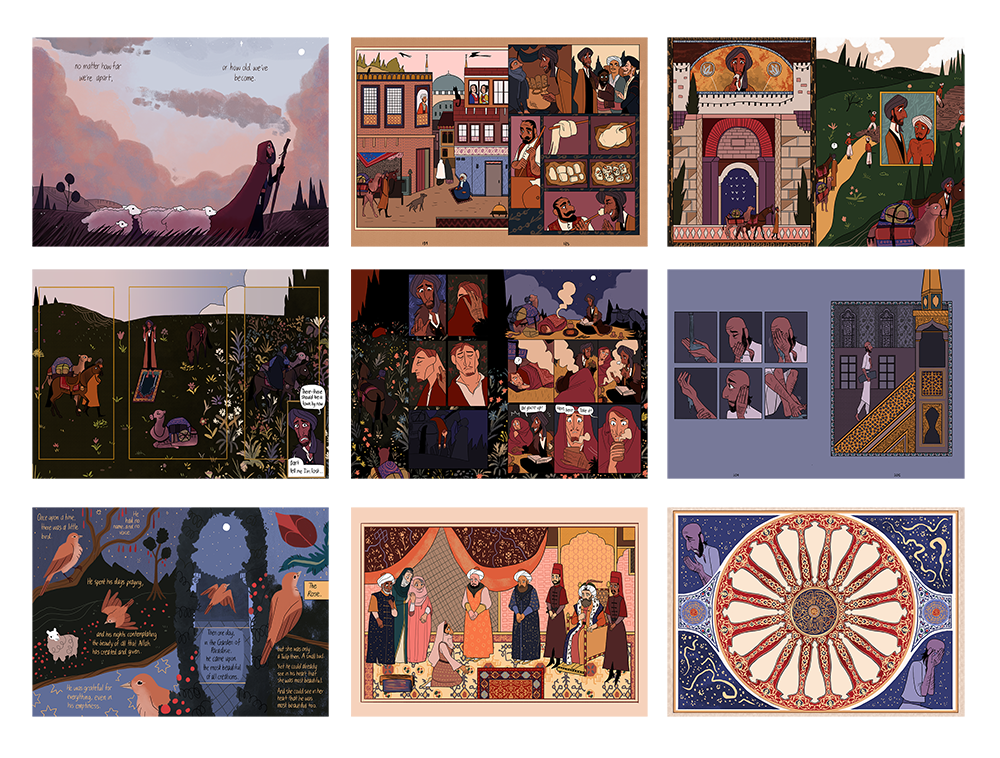
When it came time to write his story years later, because I can’t just change that part of him, I committed myself to research and making sure that the Ottoman Turkish era/culture was depicted with respect and sensitivity (as best I can). A lot of my readers see my historical comics as educational. In my Victorian webcomic (The World in Deeper Inspection), I feature many aspects of the era that aren’t known to them, and I see that as an opportunity to teach and make learning accessible. So The Carpet Merchant follows that tradition. So professionally, I wanted to showcase a historical context that isn’t commonly seen in fiction, grounded in academic research preferably written with local perspectives. The best way I could do that is centre the story on mundane life. No royals, no elites, no high stakes. Just ordinary people, going through unique circumstances.
Lu: A moment from the story that captivated me was when Zeynel came out to his parents that he wanted to stay with Ayse’s family to try and become a carpet merchant. There’s a page layout where we see him trapped in a carpet design of bramble surrounded by eyes staring right at him, pouring the weight of his parents’ expectations onto his unsteady heart. Can you tell me more about that page and how you settled on this design for this intense moment in Zeynel’s life?
Yee: That was one of the most difficult pages for me to compose! Conveying anxiety through art, without making it literal or cheesy, is always a challenge. For that page I wanted to depict that overwhelming feeling that you’re making decisions for yourself the first time, but with the fear of uncertainty, of knowing that you’re emerging outside of what you’ve been brought up your whole life, and understanding how terribly disappointing it would be if you didn’t get a favourable outcome. It’s a vulnerable moment. I don’t quite remember how I ended up settling on that visual choice, with the eyes and bramble, but it was either this one or a terribly done one. I picked this one.
Lu: I’d love to talk about your layout process for The Carpet Merchant more generally. As you mention in the supplement to the comic, you generally drew a lot of inspiration from the carpets of the Ottoman Empire. But more specifically, how do you take a page from concept to completion? And in regards to the act of repetition that occurs throughout the story, how far ahead do you figure out the story beats and layouts that recall earlier moments in the book?
Yee: I write my scripts first – just dialogue and important character actions. This helps with panel flow and pacing, and knowing which moment begins or ends a page. That’s the skeleton. The dressings are its layouts — the composition, the embellishments, etc. I tend not to think too much when I do thumbnails. I just approach with a set of ideas and dialogues I want to draw, and I sketch out the layout that conveys those. It’s very freestyle, and it’s an approach common in Chinese cooking. There are no measurements to the ingredients, just whatever you feel like to make the dish you want in your head.
As for repetition, as mentioned, I write my scripts first, to completion. That makes it easier to choose what or when to repeat. The only rule was that the repetition should be relevant to the major themes of the story (or what is most emotionally effective). I don’t do repetition in my usual work – just in The Carpet Merchant.
Lu: That makes sense. To dwell on the carpets specifically here, I know that some of them take influence from or are directly inspired by actual carpets of the era, but beyond those, are the carpet designs we see on the page original ones that adhere to the style guide of the time?
Yee: They are mostly original (I say mostly because there are common elements and patterns across carpets that I’ve incorporated into the designs). The majority of the carpets in the story are Anatolian – Ushak, specifically – and they have a style guide that’s easy enough to understand: geometric shapes and figures, bold colours, and medallions (pattern or central). There aren’t many samples left that aren’t at most 200 years old, and what we have that are older are often scraps. How I design the carpets is based on those scraps, and contemporary paintings in both the Western and Ottoman canon.
Lu: Beyond your work on period piece stories like The Carpet Merchant of Konstantiniyya and The World in Deeper Inspection, you’ve also worked on a number of less historical and more whimsical comics such as Adventure Time and Bee and Puppycat. Not to make you analyze your own interests too much, but given the breadth of your work, if you were to point to a theme or conceit that you generally find yourself gravitating towards most, artistically, what would it be?
Yee: I generally like whimsicality. Even my period pieces have an element of the whimsical into it.
Relatedly, I gravitate towards the whimsical-kind of gothic and horror. Ghosts having tea parties, vampires opening a brewery…in short, mundane urban fantasy.
Just the idea of the world being weirder and stranger and more wonderful than it normally presents itself, whether through science or mythology, appeals to me. I try to get that feeling into my stories.
Lu: Something that comes across in a lot of your work is the struggle between your brain and your heart. Sometimes it’s about bigger life choices, like in the Road Well Travelled. Sometimes it’s about smaller artistic choices like the extended flashback scene in the first chapter of The Carpet Merchant of Konstantiniyya, which you comment on in the supplementary text. And in the end, it seems like you typically advocate for the heart—what feels like the right choice.
But when you’re working on a piece of art or trying to figure out what to do next with your life, what are the things that typically help you quell your brain? Is it drawing the problem or talking it out with someone? Making pro and con lists? Etc.
Yee: Oddly enough it’s my brain that ends up regulating itself. The mental/artistic struggles I personally go through are a result of anxiety and the analytic thinking I was trained for by STEM fighting about the Topic of the Moment. My anxiety frightens me about all the things that could go wrong, while my rational side tries to justify certain options and calm that anxiety down. This is a terrible way of dealing with things, but it works for me. For most people I’d recommend talking out your problems with a trusted confidante. Having another perspective helps to make the struggles seem manageable and Not Disastrous.
Lu: The various ways you capture anxiety in your work interest me. When I compare Zeynel’s character in The Carpet Merchant to your short comic “Missed Connections,” I see two very different ways of attacking a similar mental state where we dwell on small moments and blow them up into big, consuming emotional affairs. It’s something I’m very familiar with. But it seems like, through Zeynel’s story and the conclusion of Missed Connections, I sense a conviction that ultimately, the universe will provide and things will turn out okay. Is that something that you believe?
Yee: I suppose it is, haha. I could maybe trace that belief to that period of my life when I was deep into New Age spirituality, reading books like The Alchemist by Paulo Coelho (still good), and The Secret (eh). Anyway, I’ve to trust that the future will be alright and that life/universe/fate/God knows what they are doing, otherwise the fear of uncertainty will be all consuming and disrupt any productive action.
Lu: Obviously you’re still in the thick of several projects at the moment, but what type of work would you like to do in the future? More comics? I know you’re currently working in game design as well…
Yee: I’d love to enter the traditional book market in any form. I’m currently working towards writing and drawing comics for children, with a couple of pitches already developed. I’m also interested in doing more illustration projects for all types of clients…something beyond magazines and posters. One of my bucket-list goals is to design the label of a wine bottle, but it doesn’t necessarily have to be that (it can be a cereal box, a menu, anything really). The weirder the project, the better.


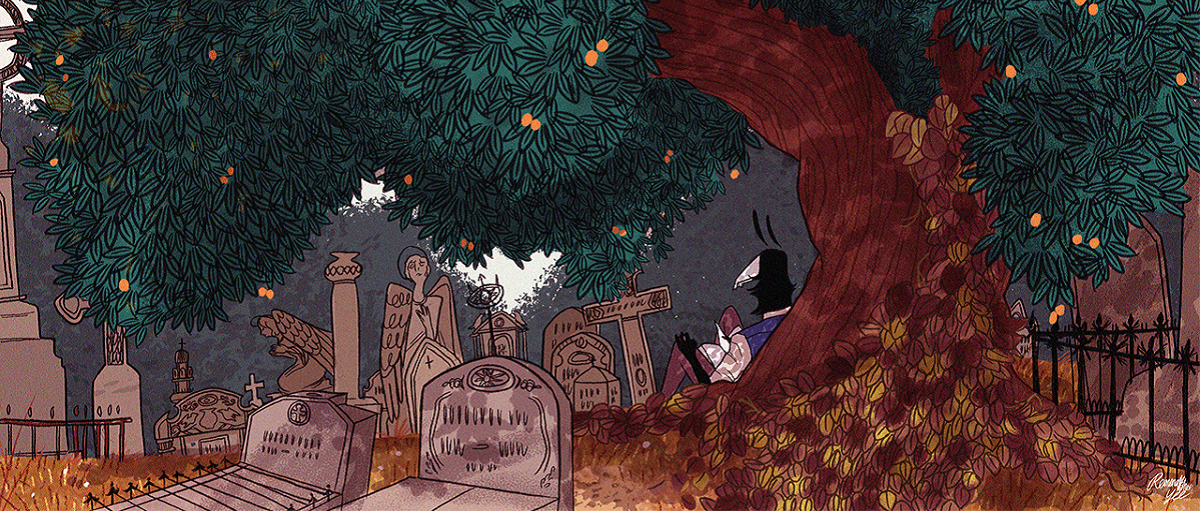
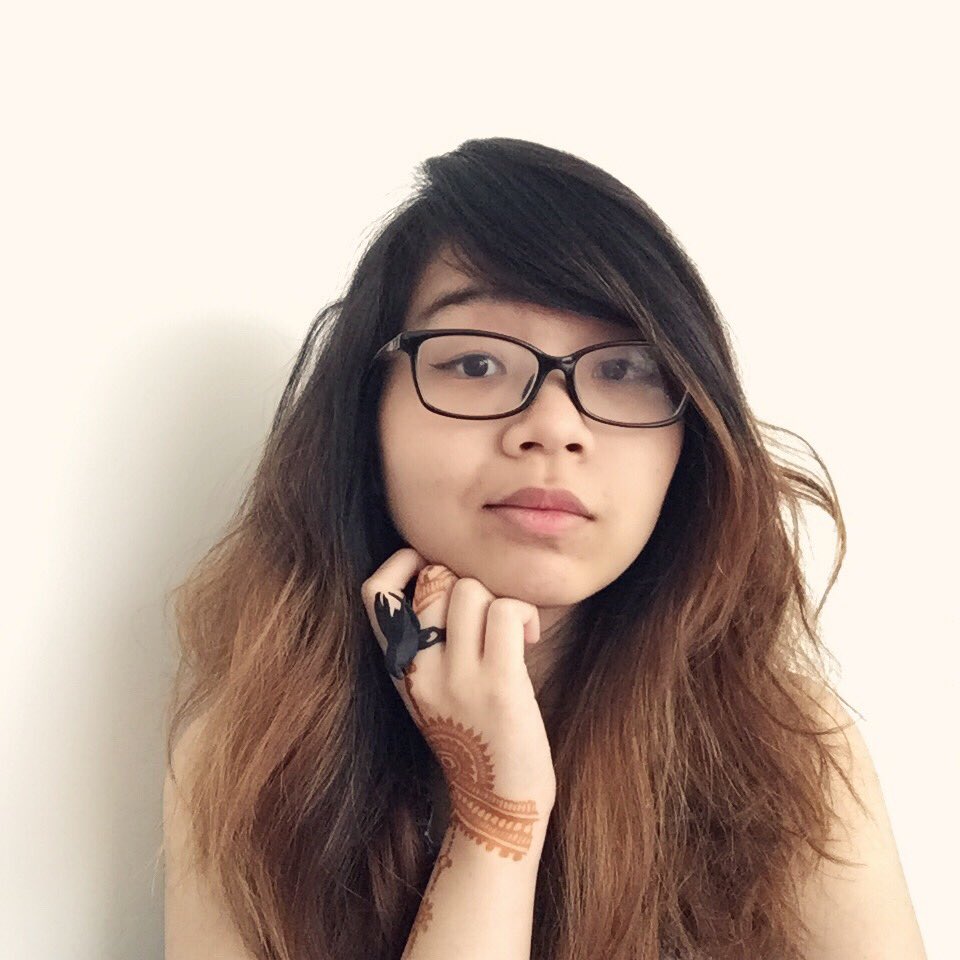
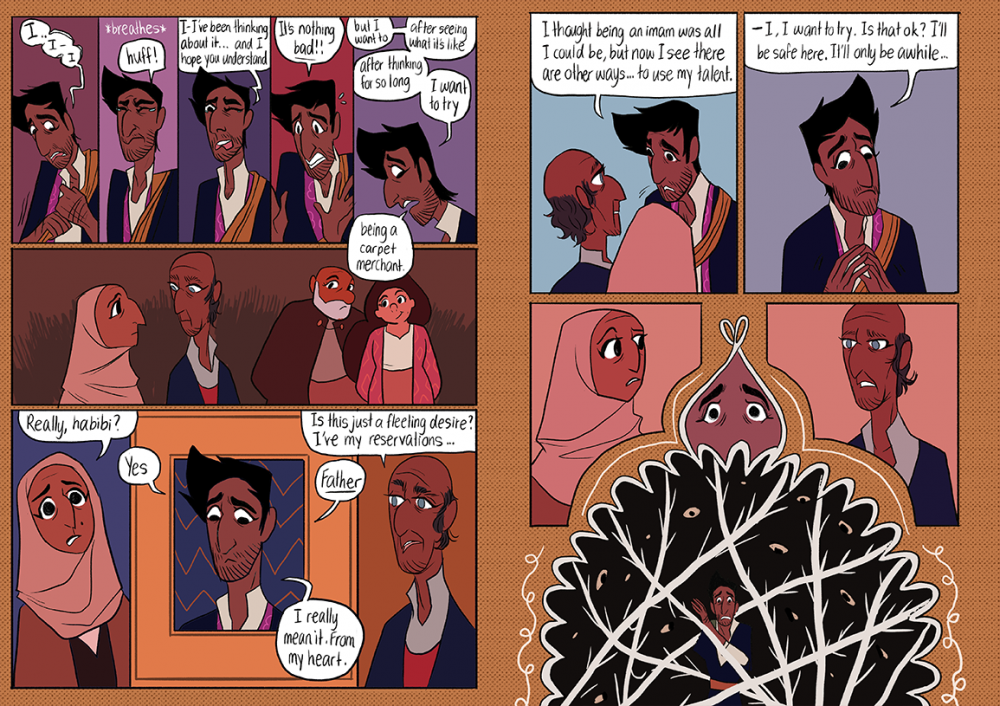
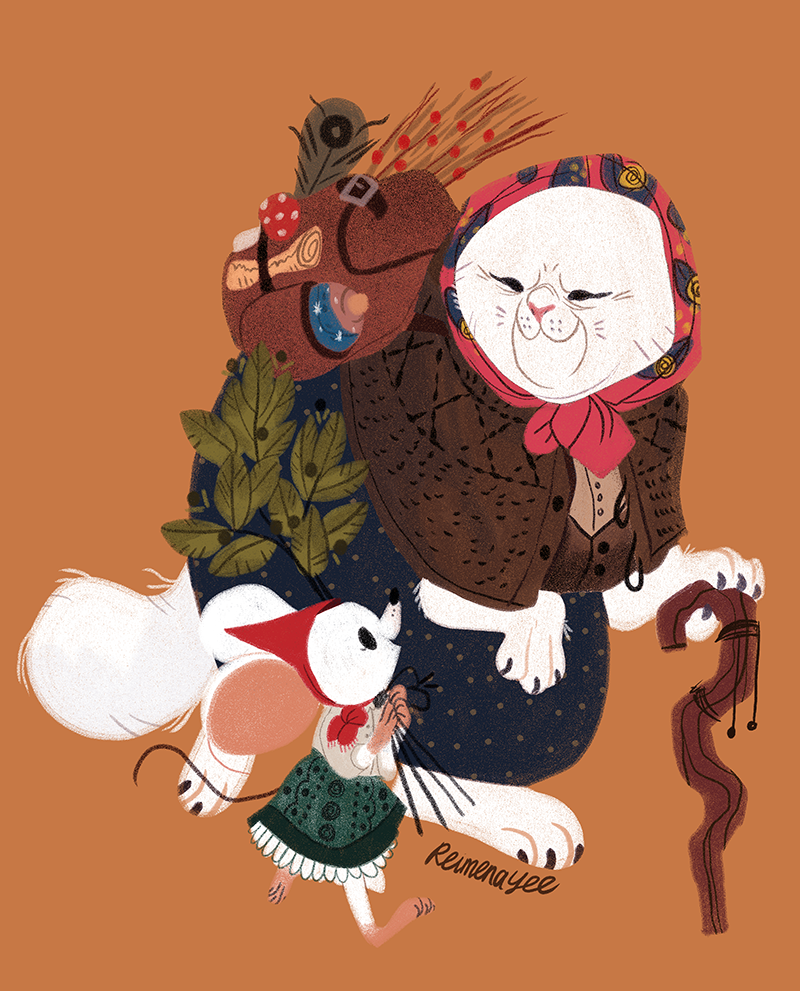
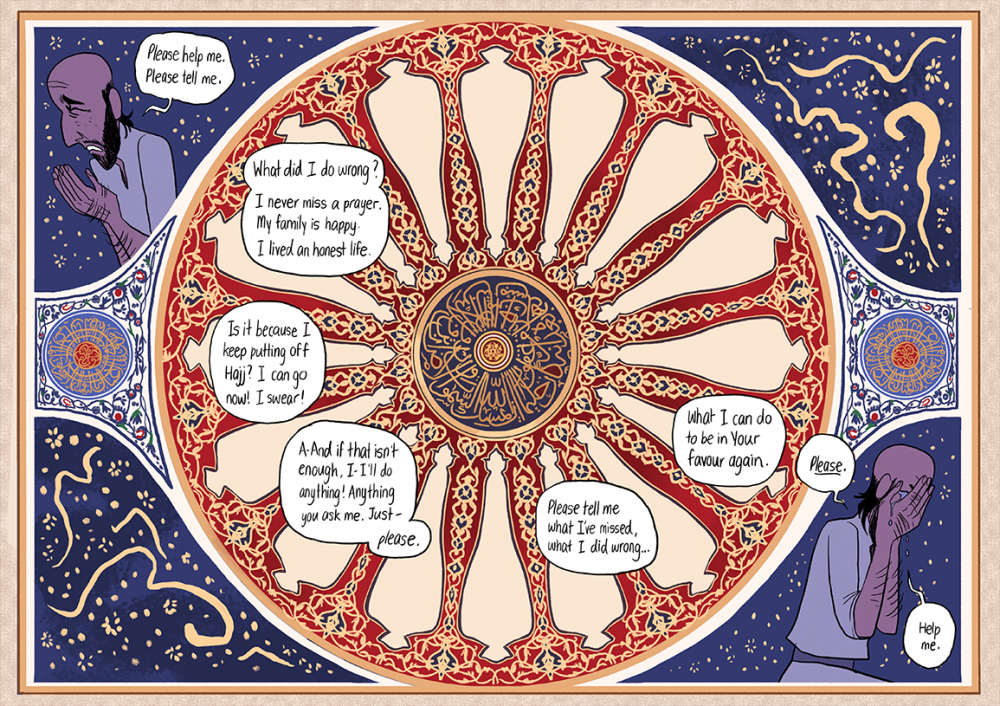
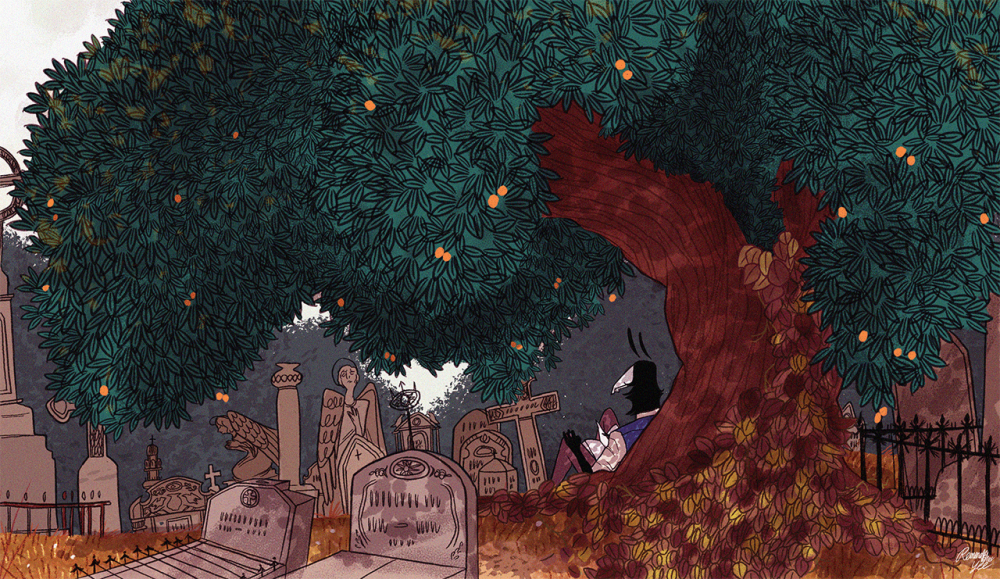
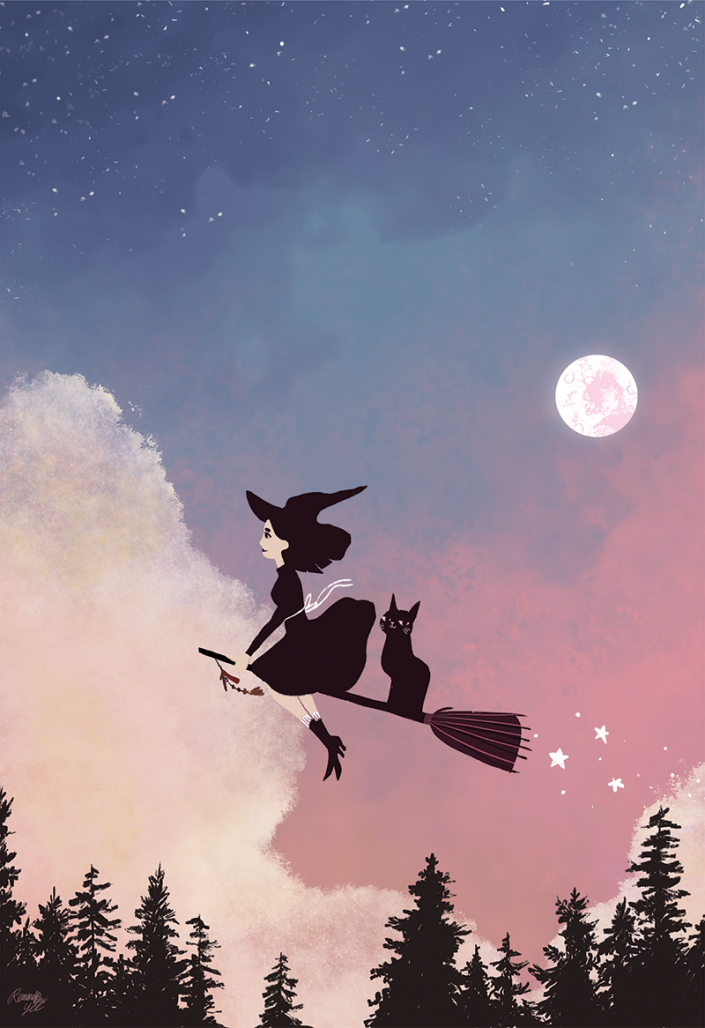
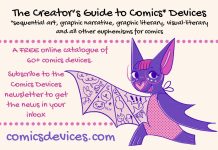
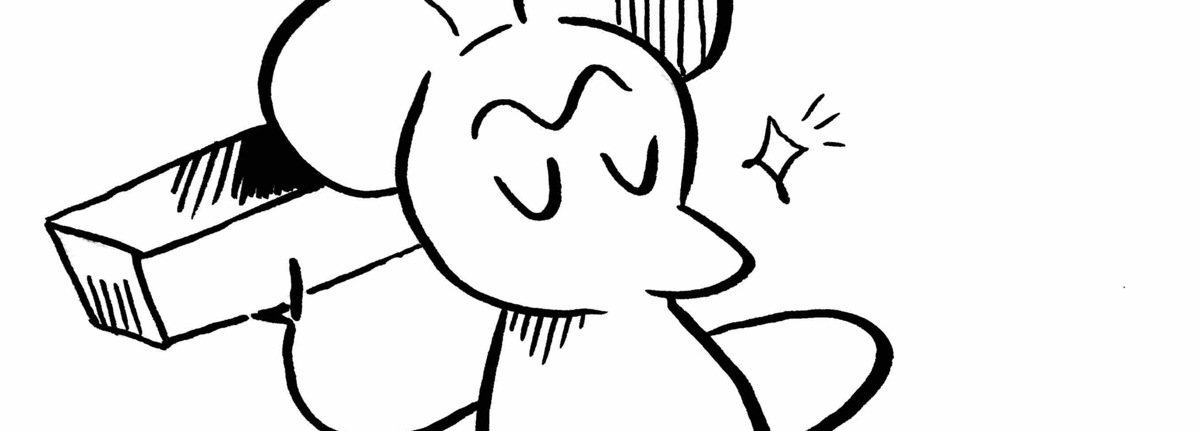
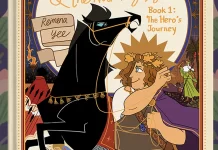


Comments are closed.